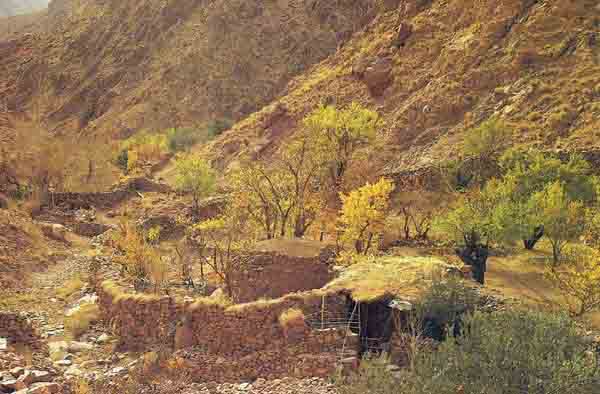Image Details

Israel Finkelstein
A typical Bedouin orchard in this region consists of grapevines and fruit trees. Its annual harvest may total approximately 1,600 pounds of fruit. An additional 500–600 square-foot plot may be devoted to a vegetable garden. Thus, with a small plot of less than one acre, a Bedouin family can obtain a significant portion of its subsistence.
Annual rainfall in southern Sinai averages 2 1/3 to 4 inches, but the accumulation of run-off water from granite mountains in areas such as this may increase the available rainwater to the equivalent of 12–16 inches per year.
The authors’ archaeological survey of the mountainous areas near Mt. Sinai demonstrates that most of today’s Bedouin agricultural orchards are located on the remains of Byzantine agricultural settlements.
